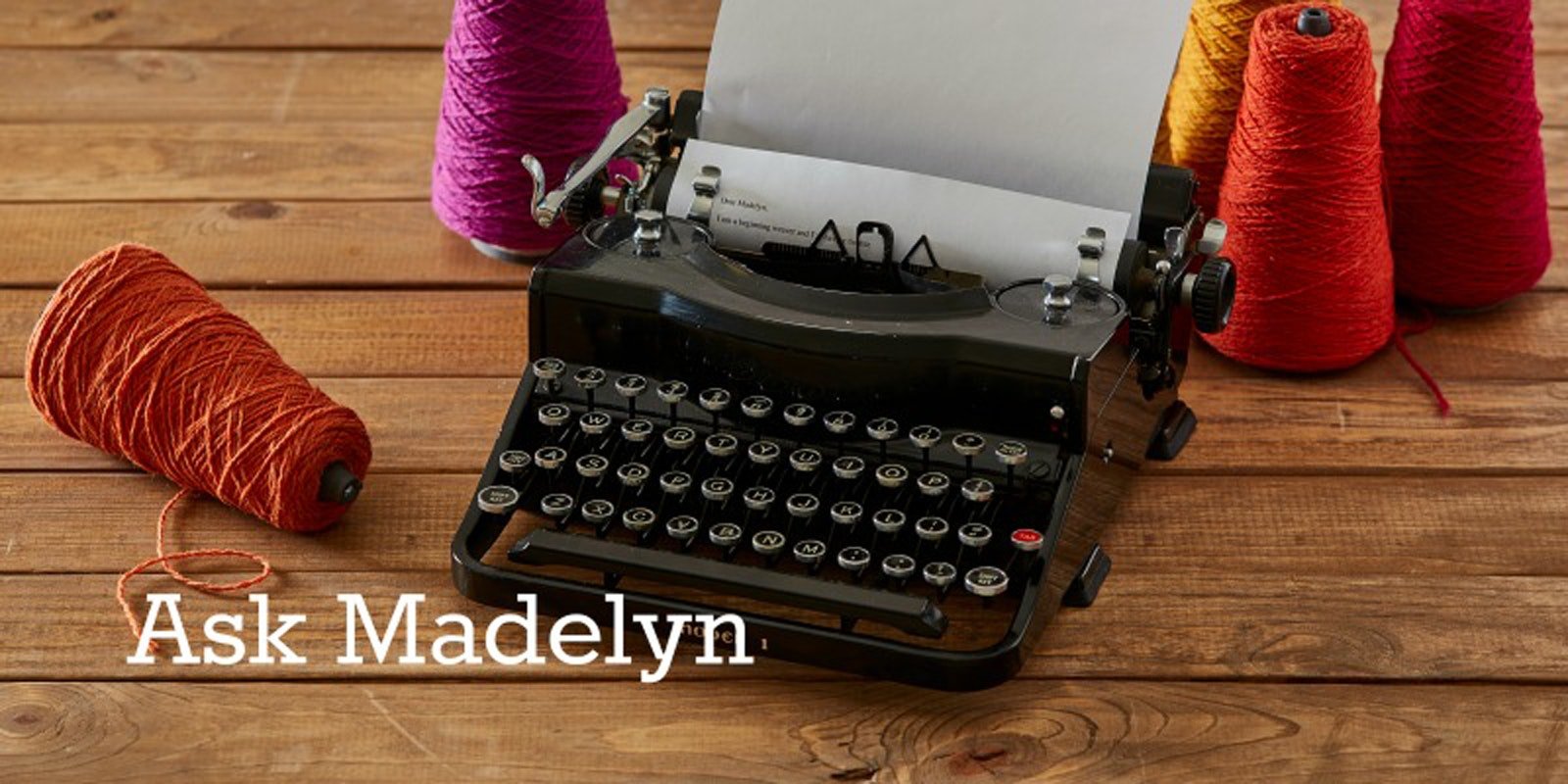Thank you Madelyn for your inspiring newsletter on doubleweave.
A query: in the Doubleweave Pick-Up DVD the single block on a chart/cartoon for the image is woven as two warp threads and two weft threads. Is there a chart that could be used for other numbers of threads for a single block in the image? I have woven a small tapestry from a graphic image and the the picture would have been better if the curves had less-stepped edges.
––Penny White
Hi Penny!
Your question is one that particularly applies to the drawloom. In fact, planning for drawloom weave structures is what teaches a weaver that the structural part of a unit (in a unit weave) can be thought of separately from the pattern part. This is not easy to explain and takes a few weaving years to grasp—and the words for explaining it are different for every unit weave.
For doubleweave, you can consider a single dark/light pair as the smallest number of threads in a pattern/background choice, even though four threads are required for every structural unit (two on two shafts to weave plain weave in one layer; two on two different shafts to weave plain weave in the other layer). When you are doing pick-up, you can pick up any single thread or number of threads for pattern (then weave a pick using one of the background layer’s plain-weave sheds) and follow that by picking up the corresponding background threads from the other layer (then weave a pick using one of the pattern layer’s plain-weave sheds). Your next pick-up can be completely different from the previous one, but your sheds for weaving have to be the opposite plain-weave sheds in each layer from the previous sheds. The only other rule to follow is that each background pick-up must correspond to the previous pattern pick-up. You can decide that a single square in a cartoon represents any number of dark/light pairs you want it to with any yarn you want to use.
—Madelyn

